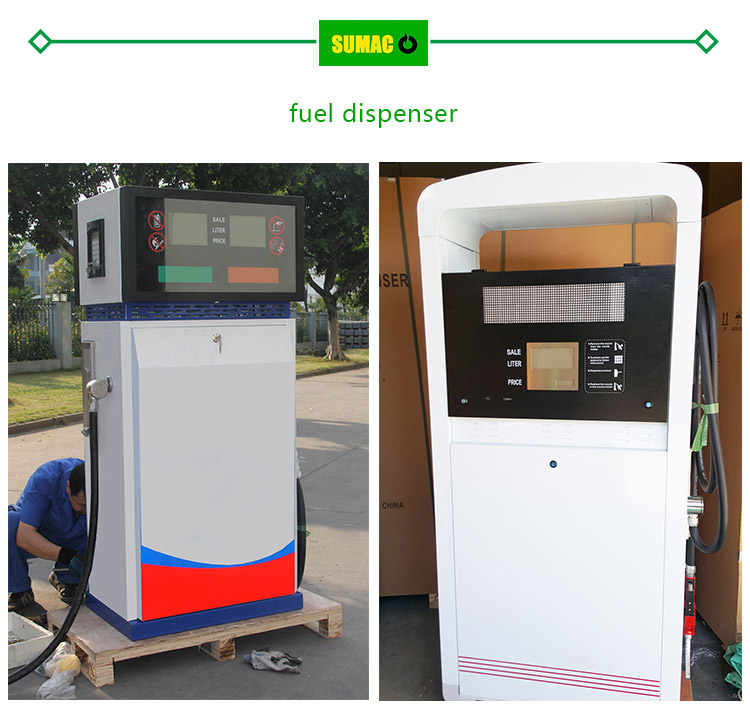To protect coolant storage tanks from ultraviolet (UV) radiation, several effective strategies can be employed, focusing on material selection, coating application, and additional protective measures.
Material Selection
Opt for materials with inherent UV resistance. High - density polyethylene (HDPE) is an excellent choice as it has natural resistance to UV degradation, which can maintain the structural integrity and chemical stability of the tank over time. Fiberglass - reinforced plastic (FRP) with UV - resistant additives is also widely used. These additives absorb or scatter UV rays, preventing them from penetrating the material and causing damage. When using metal materials like stainless steel, choose alloys that have been treated or formulated to enhance their UV resistance, although metals are less directly affected by UV compared to polymers but still need protection for any coatings or linings.
Opt for materials with inherent UV resistance. High - density polyethylene (HDPE) is an excellent choice as it has natural resistance to UV degradation, which can maintain the structural integrity and chemical stability of the tank over time. Fiberglass - reinforced plastic (FRP) with UV - resistant additives is also widely used. These additives absorb or scatter UV rays, preventing them from penetrating the material and causing damage. When using metal materials like stainless steel, choose alloys that have been treated or formulated to enhance their UV resistance, although metals are less directly affected by UV compared to polymers but still need protection for any coatings or linings.
Coating Applications
Apply specialized UV - blocking coatings on the surface of the tank. Epoxy - based coatings with UV inhibitors can form a durable and protective film. These inhibitors work by absorbing UV radiation and converting it into heat, which is then dissipated. Acrylic coatings are another option, offering good weatherability and UV protection. They create a smooth, continuous layer that shields the tank material from UV rays. For optimal results, the coating should be applied evenly in multiple thin layers, and it's crucial to ensure proper surface preparation before coating application, such as cleaning and sanding, to enhance adhesion.
Apply specialized UV - blocking coatings on the surface of the tank. Epoxy - based coatings with UV inhibitors can form a durable and protective film. These inhibitors work by absorbing UV radiation and converting it into heat, which is then dissipated. Acrylic coatings are another option, offering good weatherability and UV protection. They create a smooth, continuous layer that shields the tank material from UV rays. For optimal results, the coating should be applied evenly in multiple thin layers, and it's crucial to ensure proper surface preparation before coating application, such as cleaning and sanding, to enhance adhesion.
Additional Protective Measures
Install physical barriers or enclosures around the tank. This can include constructing a shelter using UV - resistant panels or placing the tank in an indoor area. If outdoor installation is necessary, consider using UV - protective covers or jackets that can be easily installed and removed for maintenance. Another approach is to paint the tank with light - colored, reflective paint. Light colors reflect a significant portion of the UV radiation, reducing the amount absorbed by the tank. Regularly inspect the tank's surface for any signs of UV damage, such as discoloration, cracking, or fading, and reapply coatings or replace damaged parts promptly to maintain the effectiveness of the UV protection.
Install physical barriers or enclosures around the tank. This can include constructing a shelter using UV - resistant panels or placing the tank in an indoor area. If outdoor installation is necessary, consider using UV - protective covers or jackets that can be easily installed and removed for maintenance. Another approach is to paint the tank with light - colored, reflective paint. Light colors reflect a significant portion of the UV radiation, reducing the amount absorbed by the tank. Regularly inspect the tank's surface for any signs of UV damage, such as discoloration, cracking, or fading, and reapply coatings or replace damaged parts promptly to maintain the effectiveness of the UV protection.
By implementing these combined methods, coolant storage tanks can be well - protected from the harmful effects of UV radiation, ensuring their long - term reliability and performance.

